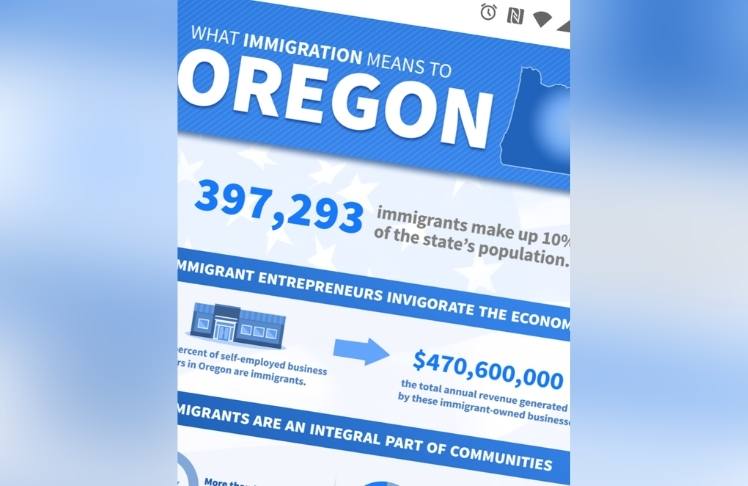
Recently released information shows that people are moving to Oregon again. Officials are making this determination based on surrendered driver’s licenses. As the pandemic has receded, there are signs that people once more are moving to Oregon — and in numbers even greater than before the pandemic.
Driver’s licenses are being turned in. The number of people surrendering out-of-state driver’s licenses averaged 9,600 a month over the past year, according to state data, up 35% compared to the year before COVID-19. Migration into Oregon from other states plunged in 2020 as people hunkered down to ride out the pandemic. That was a widespread phenomenon, but it worried Oregon economists because the state relies on migrants to drive economic growth and for an infusion of professional skills.
This data is important for a number of reasons and experts are documenting it. Portland State University and the U.S. Census will issue updated population estimates later in the fall. Driver’s license data from Washington suggest that the number of people heading north from Oregon is in line with historical patterns.The need for continued in-migration is especially acute because deaths in Oregon now outnumber births. So future population growth will have to come from outside the state.
Based on the data available, Oregon remains an attractive destination and people still want to move to the state. Not everyone who moves to Oregon gets a driver’s license, of course, but those who do serve as a good proxy for larger migration patterns. Californians represent a third of all the arrivals in the data, by far the greatest share. (Washington is No. 2, at 20%.)
The driver’s licenses are just part of the story, though. The government’s primary form of identification tell us nothing about how many people are leaving Oregon.
Federal data suggests accelerated departures from large urban areas with relatively high housing costs, including from Portland and Seattle. Oregon driver’s license data might be skewed by a new computer system at the Department of Motor Vehicles, or by a backlog in driver’s license applications from the pandemic, or by the pending switch to the Real ID federal security standard.















